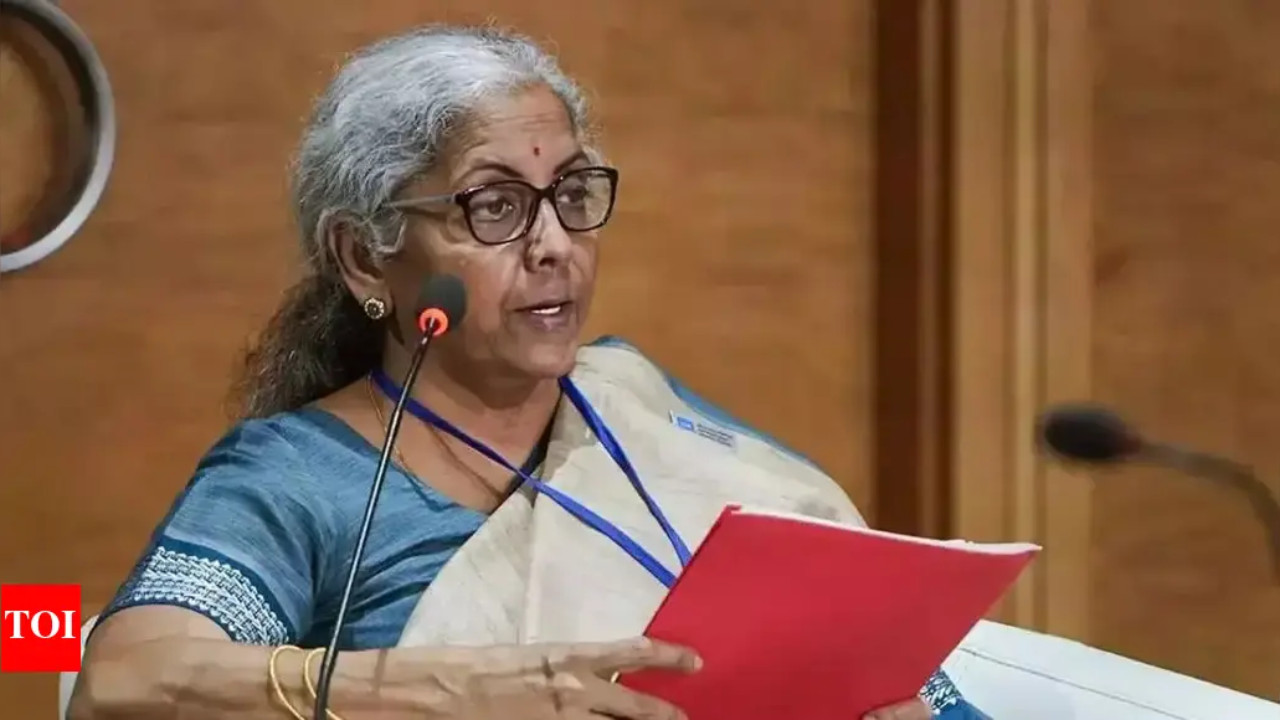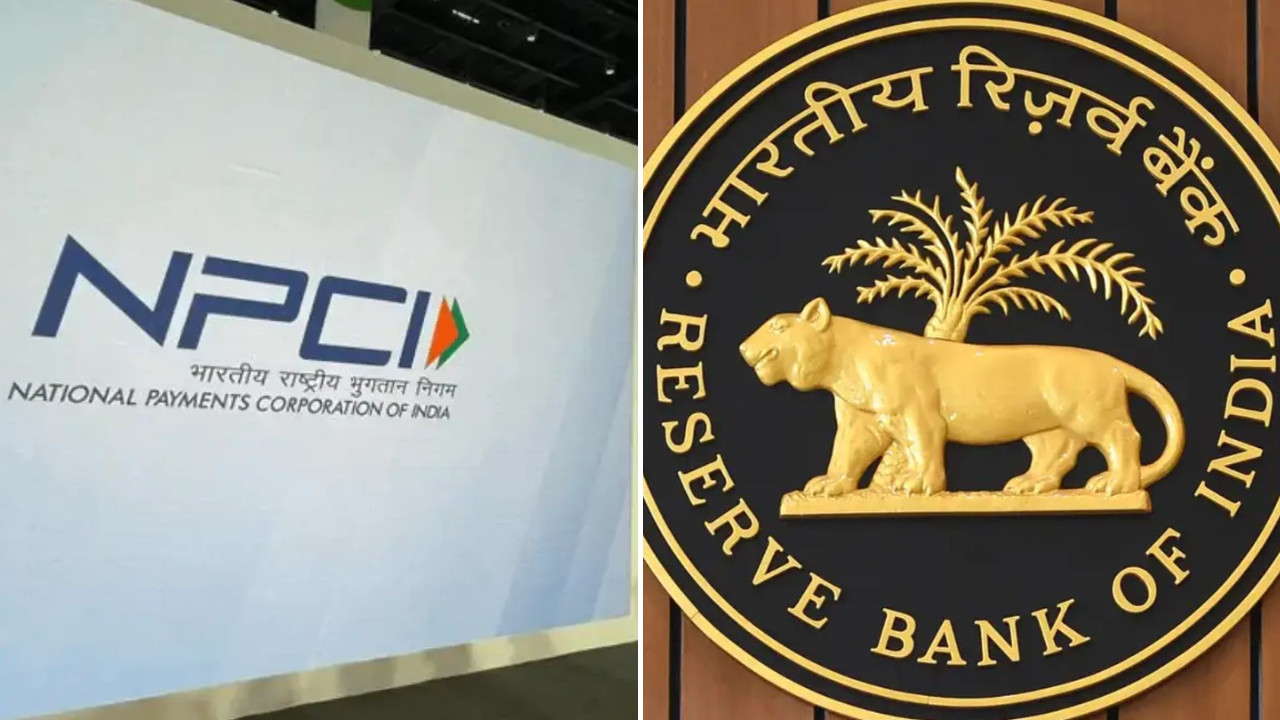Finance minister Nirmala Sitharaman emphasized that embracing rapid technological advancements can significantly boost economic productivity, a primary goal for policymakers. Speaking at the Institute of Economic Growth, she highlighted the increased focus on capital expenditure post-Covid, with states recognizing its growth-enhancing multiplier effect.
Ditch the Spreadsheet, Embrace the Boost: Can Tech Really Supercharge India’s Productivity?
Okay, let’s be real. “Productivity” isn’t exactly the sexiest word in the dictionary. It conjures up images of endless meetings, strained deadlines, and that nagging feeling of never quite being “done.” But what if I told you there was a secret weapon, a way to actually enjoy your work more and achieve more with less stress? That weapon, my friends, is technology.
Now, before you roll your eyes and think “another tech evangelist,” hear me out. We’re not talking about blindly throwing money at the latest shiny gadget. We’re talking about strategically integrating the right tech solutions to address the specific bottlenecks hindering India’s growth. And trust me, there are plenty of those bottlenecks.
The buzz is certainly building. Recent rumblings from the industry point to a significant opportunity for India to catapult its productivity levels through smart tech adoption. We’re not talking about small gains either. We’re talking about a potential game-changer that could ripple through various sectors, from agriculture and manufacturing to healthcare and education.
For too long, many Indian businesses, particularly SMEs, have relied on outdated, manual processes. Think mountains of paperwork, clunky software, and endless email chains. It’s a recipe for inefficiency, errors, and frankly, a lot of wasted time and energy.
But imagine this: a farmer using drone technology to monitor crop health and optimize irrigation, a small manufacturing unit leveraging AI-powered predictive maintenance to minimize downtime, or a doctor in a rural clinic using telemedicine to connect with specialists in urban centers. These aren’t futuristic fantasies; they’re tangible possibilities that are already unfolding.
The challenge, of course, lies in bridging the digital divide and making these technologies accessible and affordable to everyone. It’s not just about providing the tools; it’s about providing the training and support needed to use them effectively. We need to empower individuals and businesses with the digital literacy skills that are essential for thriving in today’s tech-driven world.
Think about the possibilities in the manufacturing sector. We’re talking about automation, robotics, and data analytics that can streamline production processes, improve quality control, and reduce waste. This translates to higher output, lower costs, and a more competitive edge in the global market.
And let’s not forget the agriculture sector, the backbone of the Indian economy. Precision farming techniques, powered by sensors, drones, and data analytics, can revolutionize how we grow food. We can optimize resource utilization, reduce reliance on chemical fertilizers, and increase yields. This not only benefits farmers but also contributes to food security and environmental sustainability.
Healthcare is another area ripe for disruption. Telemedicine, remote patient monitoring, and AI-powered diagnostics can improve access to quality healthcare, particularly in underserved communities. Imagine the impact of connecting rural patients with specialists, enabling early detection of diseases, and improving treatment outcomes.
Education, too, can be transformed by technology. Online learning platforms, interactive educational content, and personalized learning experiences can make education more accessible, engaging, and effective. This is crucial for equipping the next generation with the skills and knowledge they need to succeed in the 21st century.
However, let’s not paint an overly rosy picture. There are challenges that need to be addressed. Data security and privacy concerns are paramount. We need robust regulations and safeguards to protect sensitive information and prevent misuse of technology. And let’s not forget the potential impact on employment. While technology can create new opportunities, it can also displace existing jobs. We need to proactively address this issue through retraining programs and initiatives that support workers in transitioning to new roles.
Moreover, the adoption of technology should be driven by a clear understanding of the needs and priorities of each sector. It’s not about blindly adopting the latest trends but about identifying the specific pain points and tailoring solutions to address them effectively.
Ultimately, the success of this technological revolution hinges on collaboration between the government, industry, and academia. We need a concerted effort to promote digital literacy, foster innovation, and create a supportive ecosystem for tech adoption.
So, is tech the silver bullet that will solve all of India’s productivity woes? Probably not. But it’s undoubtedly a powerful tool that can unlock enormous potential. By embracing technology strategically and thoughtfully, we can create a more prosperous, efficient, and equitable future for all. The key is to move beyond simply talking about technology and start actively implementing it in a way that benefits everyone. The time to ditch the spreadsheet and embrace the boost is now.
📬 Stay informed — follow us for more insightful updates!







